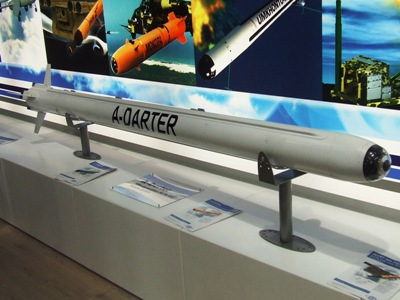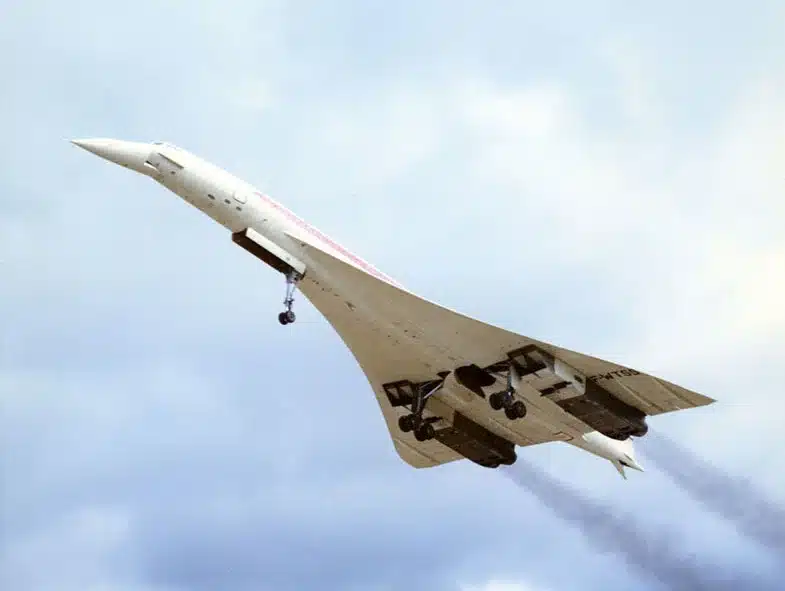
Introduction
The aerospace and hypersonic sectors, once seen as exclusive domains of established global powers, are gradually opening up to emerging markets. In East Africa, an energetic wave of startups is taking shape—bringing fresh ideas, lean operations, and innovative solutions to space and high-speed aviation challenges. These young enterprises are not only creating new technologies but also reshaping the way the region approaches aerospace development.
Why Startups Matter in East African Aerospace
Startups thrive on innovation, flexibility, and rapid prototyping—qualities that are essential in an industry where technological breakthroughs are key. In East Africa, these companies are tackling niche opportunities such as affordable satellite imaging, unmanned aerial vehicle (UAV) systems for agriculture, and lightweight materials suitable for high-speed craft.
Unlike large institutions that often operate within rigid frameworks, startups can pivot quickly in response to new market demands or technological discoveries. This adaptability is helping East African entrepreneurs carve a place in a competitive global industry.
Satellite and Space Technology Ventures

One of the most active areas for East African aerospace startups is satellite technology. Companies in Kenya, Rwanda, and Ethiopia are experimenting with small satellite manufacturing, CubeSat deployments, and satellite data analytics.
For example, Kenyan startups are using nanosatellite imagery to support precision agriculture, disaster response, and environmental monitoring. These ventures often collaborate with local universities, space agencies, and international research partners, leveraging shared facilities to reduce costs.
By focusing on smaller, more affordable systems, these startups are lowering barriers to entry for space technology while meeting regional needs for real-time, localized data.
Advances in UAV and Drone Applications
The UAV sector has become another innovation hotspot. East African startups are designing drones for infrastructure inspection, border surveillance, and even emergency medical supply delivery to remote areas. Tanzania and Uganda, for instance, have emerging companies specializing in drone manufacturing and AI-based navigation systems.
Such technologies also feed into hypersonic research indirectly, as they involve materials testing, aerodynamics, and autonomous navigation systems—key components in faster, more advanced aircraft designs.
Hypersonic Research and Materials Innovation
While hypersonic flight development is still at an early stage in East Africa, some startups are entering the field by focusing on enabling technologies. Innovations in heat-resistant composite materials, aerodynamic testing, and propulsion system components are being developed for both civilian and defense-related applications.
These specialized capabilities not only prepare the region for future hypersonic projects but also open opportunities for collaboration with global aerospace giants that seek suppliers for critical components.
Funding, Partnerships, and Global Links
One of the most significant enablers for aerospace startups in East Africa is the growing ecosystem of accelerators, incubators, and venture funds. Organizations such as the African Business Angel Network (ABAN) and regional innovation hubs like Nairobi’s iHub are extending support through mentorship, workspace, and seed capital.
International agencies and aerospace companies are also beginning to take notice. Collaborations with European and Asian aerospace firms have led to technology transfer programs, co-research initiatives, and market entry opportunities for East African innovators.
Challenges Facing Aerospace Startups
Despite their momentum, aerospace startups face hurdles including high research costs, limited access to specialized facilities, and complex regulatory requirements for flight testing and satellite launches. Additionally, securing sustained funding beyond initial seed stages remains difficult, as many investors are still cautious about the long development timelines and technical risks associated with aerospace.
The absence of region-wide harmonized aerospace policies can also slow cross-border operations, making it harder for startups to scale their services beyond their home countries.
The Road Ahead

For East African aerospace startups to thrive, governments, investors, and research institutions need to foster an enabling environment. This could include tax incentives for R&D, shared test facilities, and streamlined licensing processes for drone and satellite operations. Expanding STEM education and creating more university-industry linkages will also help ensure a steady talent pipeline.
By continuing to embrace innovation, form global partnerships, and address regulatory gaps, East Africa’s aerospace startups have the potential to evolve from small niche players into influential contributors to global space and hypersonic advancements.
Conclusion
The rise of aerospace startups in East Africa is a testament to the region’s entrepreneurial spirit and technological ambition. From building nanosatellites to developing advanced UAV systems, these innovators are charting a course toward a future where East Africa plays a visible role in the aerospace and hypersonic frontier. With the right support, the next major breakthrough in flight technology could very well originate from a small lab or workshop in Nairobi, Kigali, or Addis Ababa.


